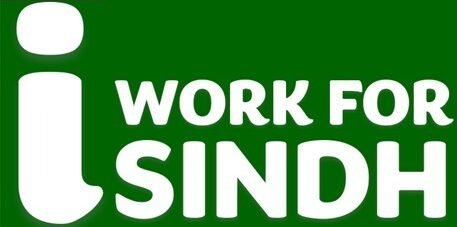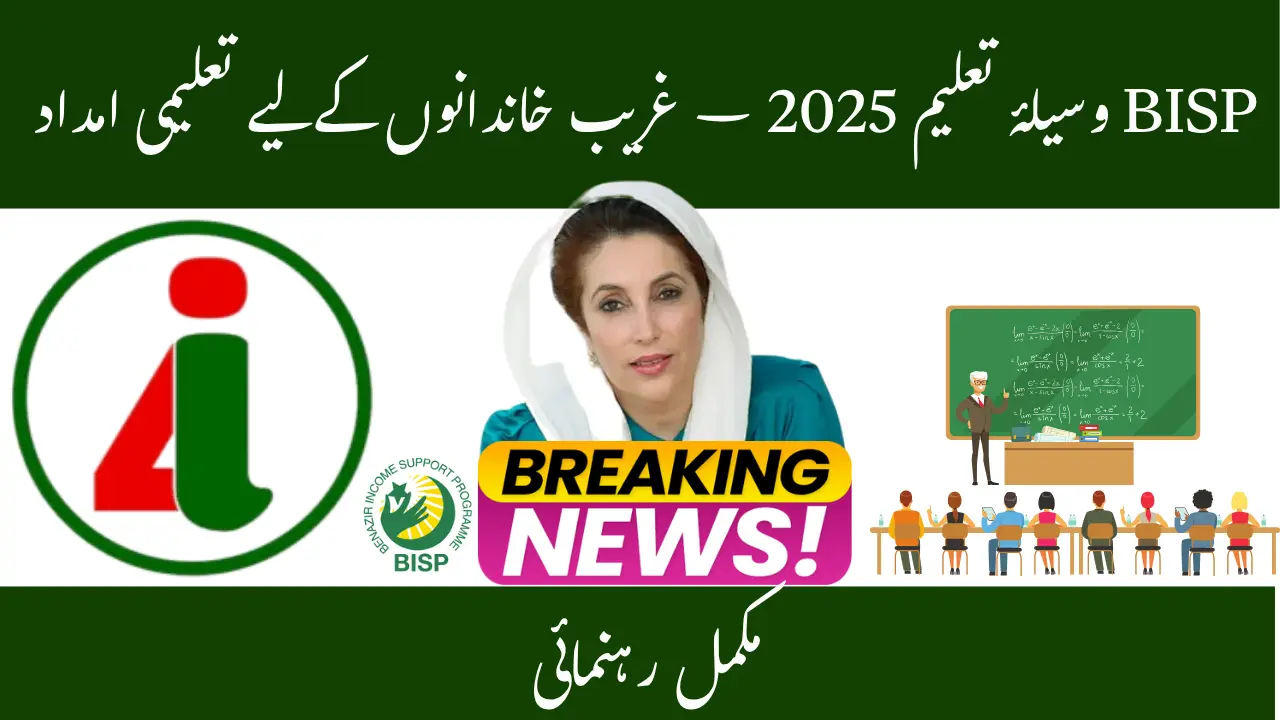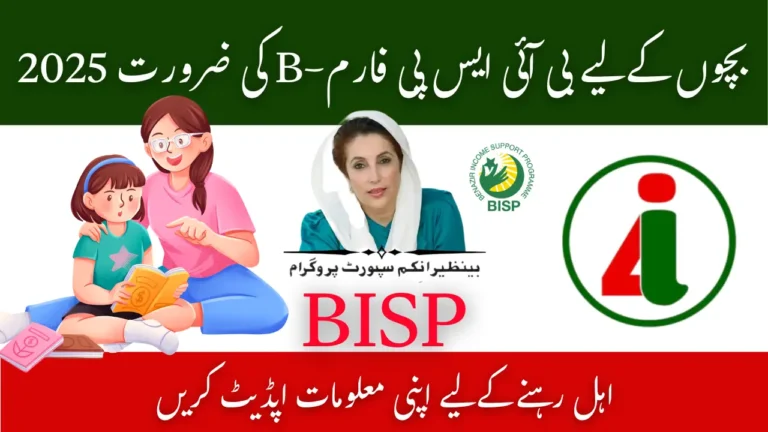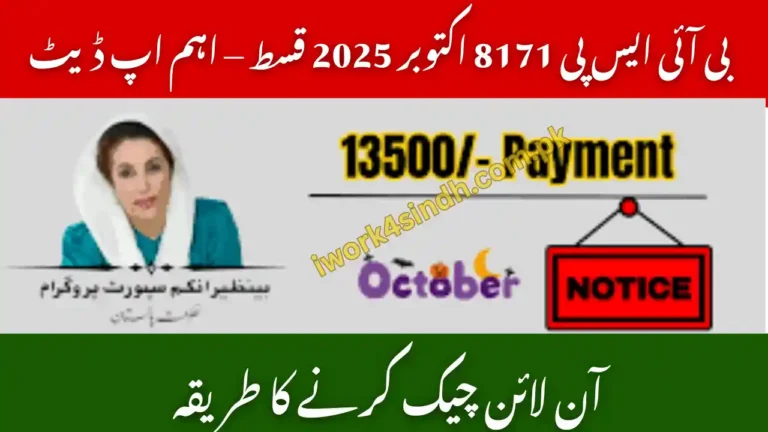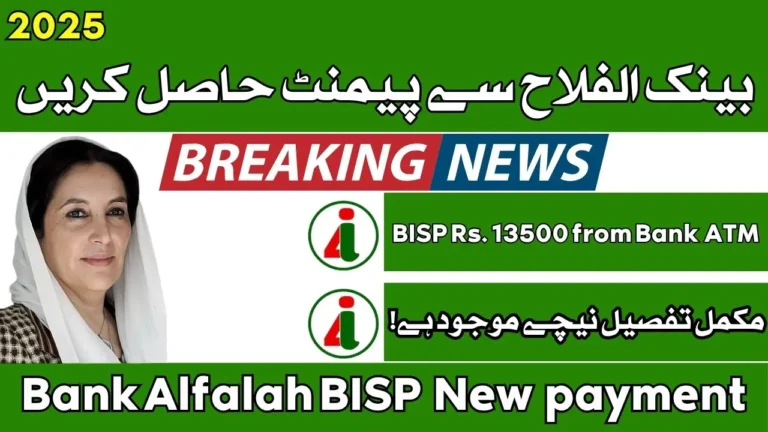In a country where education often takes a back seat due to poverty and social challenges, BISP Waseela-e-Taleem has emerged as a beacon of hope for poor children. More than just financial aid, it’s a purposeful intervention under the Benazir Income Support Programme (BISP) designed to encourage education, especially for the most vulnerable segments of society.
As we step into 2025, the program has grown stronger, more inclusive, and technologically adaptive, continuing its mission to get every deserving child into school. This article provides a complete guide to BISP Waseela-e-Taleem 2025 — how it works, who it helps, the amounts paid, challenges faced, and what the future holds.
Why Waseela-e-Taleem Matters in 2025
Education in Pakistan is not just a basic right — it’s a lifeline out of generational poverty. Yet for many families, survival outweighs schooling. Children are pulled out of classrooms to earn a living, especially in rural areas where opportunities are scarce and cultural norms remain restrictive, particularly for girls.
Waseela-e-Taleem was launched to disrupt this cycle. It offers conditional cash transfers to low-income families — but only if their children attend school regularly. This conditionality creates a powerful incentive for continued education, ensuring that economic hardship doesn’t steal a child’s future.
Core Objectives of the Program
-
Improve School Enrollments – With a special focus on girls’ education.
-
Reduce Dropouts – Financial support reduces pressure to pull children out of school.
-
Promote Attendance – Minimum 70% school attendance is required for cash benefits.
-
Promote Educational Awareness – Engages communities and parents in the value of learning.
-
Fight Long-Term Poverty – Education empowers children to secure better jobs and futures.
What’s New in Waseela-e-Taleem 2025?
The program has undergone several strategic updates to improve accessibility, transparency, and reach.
1. Expanded Access and Mobile Camps
Registration has now been decentralized. Mobile registration vans travel to far-flung districts, ensuring no deserving family is left behind due to logistical barriers.
2. Digitized Payments
All cash transfers are now processed via bank accounts or authorized retail agents. This reduces corruption, leakage, and delays in payments.
3. Better Monitoring Mechanisms
With biometric verification and centralized attendance tracking, the program ensures only genuinely enrolled and attending students benefit.
Eligibility Criteria for 2025
To benefit from Waseela-e-Taleem, families and children must meet specific eligibility conditions:
-
BISP Kafalat Enrollment: The household must already be part of the Benazir Kafalat Program.
-
PMT Score: The family’s Poverty Means Test score must be below 34 (up to 37 for special cases like widows or disabled parents).
-
Age Range: Children must be aged 4–22 years, covering primary to higher secondary education.
-
Enrollment in School: Must be attending a registered public or private school.
-
Minimum Attendance: At least 70% monthly attendance is mandatory.
-
B-Form Linking: The child’s B-form must be linked to the mother’s CNIC for verification.
Cash Transfer Amounts – 2025 Update
| Level | Boys (PKR) | Girls (PKR) |
|---|---|---|
| Primary (1–5) | 1,500 | 2,000 |
| Secondary (6–10) | 2,500 | 3,000 |
| Higher Secondary | 3,500 | 4,000 |
| Completion Bonus | – | 3,000 (on primary completion) |
Note: The program gives higher amounts for girls to promote gender equality and reduce dropout rates caused by early marriage, labor, or societal norms.
Impact of Waseela-e-Taleem: Real Change on the Ground
The numbers alone don’t tell the full story — it’s the visible impact in communities that truly reflects the success of Waseela-e-Taleem.
-
Enrollment Boost: Rural schools have seen record increases in student numbers.
-
Gender Inclusion: Girls now outnumber boys in many newly enrolled batches.
-
Dropout Reduction: Families are less likely to pull kids out of school mid-year.
-
Positive Mindset Shift: Education is being viewed as a priority, not a luxury.
Key Challenges in 2025
Despite its achievements, the program isn’t without flaws. Major hurdles include:
1. Inconsistent School Quality
Many public schools lack qualified teachers, books, toilets, and safe classrooms, making it hard to retain children even with financial incentives.
2. Fraudulent Enrollments
Cases of fake enrollment and B-form manipulation still surface, calling for stronger verification protocols.
3. Lack of Awareness
Thousands of eligible families are unaware of the program or how to register. Information outreach remains limited.
4. Funding Issues
Sustaining such a large-scale social support system is expensive. Budget allocations and donor funding can fluctuate based on political or economic conditions.
The Way Forward – Strengthening Waseela-e-Taleem
To ensure sustainability and even greater success, the following strategies are recommended:
-
Technology Integration: Use of apps, AI, and biometric tracking to reduce fraud and improve transparency.
-
Awareness Drives: TV, radio, SMS, and door-to-door campaigns can bridge the information gap.
-
Improve School Infrastructure: Investments must go beyond cash handouts to improve school facilities.
-
Empower Teachers: Training and incentives for government school teachers to enhance classroom delivery.
-
Partnerships with NGOs and Private Schools: Collaboration can improve reach and effectiveness in underserved areas.
FAQs – BISP Waseela-e-Taleem 2025
1. Can children studying in private schools benefit from this program?
Yes, if the private school is registered and recognized, the student can benefit provided other eligibility conditions are met.
2. What if a child misses the 70% attendance requirement?
If the attendance falls below 70%, cash benefits may be withheld for that quarter. Consistent low attendance can lead to disqualification.
3. How can I check if my child is enrolled in Waseela-e-Taleem?
You can visit the nearest BISP office or call the BISP helpline 8171. Some areas may also offer online portals or SMS check services.
4. Are madrassa students eligible?
No, currently only students attending formal schools (public/private) are eligible under the program guidelines.
5. Can children above 18 still benefit from Waseela-e-Taleem?
Yes, up to age 22 is allowed, mainly to support higher secondary education (grades 11–12).
6. Can both sons and daughters in the same family receive benefits?
Absolutely! All eligible children in a household — both boys and girls — can receive conditional cash transfers based on their educational level.
Conclusion: Investing in Minds, Building a Nation
BISP Waseela-e-Taleem 2025 stands as a symbol of Pakistan’s commitment to human development. It transforms the idea of charity into strategic empowerment, ensuring that children from low-income households don’t have to choose between a meal and a math lesson.
By making education financially feasible and socially acceptable, it addresses deep-rooted challenges like poverty, gender inequality, and school dropouts. But for the program to deliver its full promise, it needs continued investment, stronger governance, and community ownership.
In the hands of these young learners lies the future of Pakistan. Every textbook opened, every class attended, and every exam passed is a step toward a more educated, just, and thriving society. Waseela-e-Taleem isn’t just about payments — it’s about planting seeds of hope that can bloom into generations of progress.
